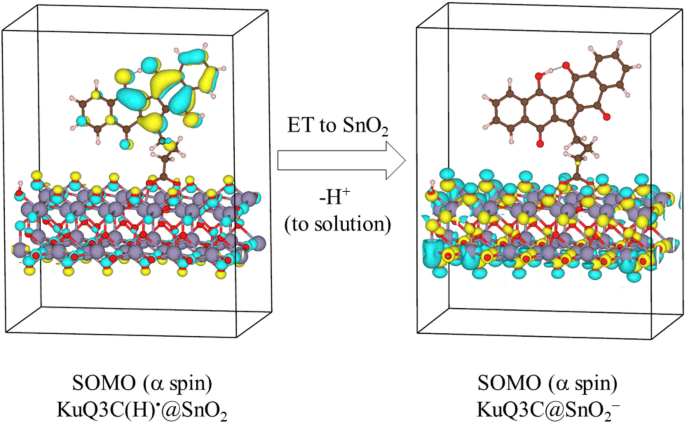

The chemical coprecipitation method involves the stoichiometric mixture of ferrous and ferric salts in ratio 2 : 1 (Fe 3+/Fe 2+) in aqueous medium in the presence of base and absence of oxygen. Chemical coprecipitation method is a widely applicable method for synthesis of IONPs. Concise overviews about synthetic methodology of IONPs are described here. Discussion of all synthetic methodologies in detail is the out of scope of this review. There are many chemical methods such as chemical co-precipitation, thermal decomposition, sol-gel, electrochemical that have been reported in the literature which are shown in the Figure 1. Chemical methods are well known and widely accepted methods for bulk production of iron oxide nanaparticles. Iron oxide nanoparticles are synthesized by three important methods such as physical, chemical, and biological as represented in the Figure 1.

Synthesis of iron oxide nanoparticles has been extensively reviewed. Recently utilization of iron oxide based nanomaterials with novel property and functionality is widely studied due to their small size, high surface area, and magneti property. The synthesis of the above iron oxide nanoparticles is intensively developed not only for their fundamental scientific interest but their important application in various fields. We will put more emphasis on magnetite based nanoadsorbents. Here in, we will provide detail account on iron oxides nanaparticles such as magnetite (Fe 3O 4), maghemite ( γ-Fe 2O 3), and hematite ( α-Fe 2O 3) based nanoadsorbents for removal of heavy metals from water/wastewater. Reusability of iron oxide based nanomaterial leads to a decrease in the economic burden. Magnetic property of iron oxide nanaparticles enables easy separation of adsorbents from the system and could be reused for further application. Application of iron oxide based nanomaterial is more attractive for removal of heavy metals contamination from the water because of their important features like small size, high surface area, and magnetic property.

Among these nano-based adsorbents are the more convenient technologies for removal of heavy metals from the aqueous system. In order to detoxify heavy metals, various techniques like photocatalytical oxidation, chemical coagulants, electrochemical, bioremediation, ion-exchange resins, reverse osmosis, and adsorption have been employed. The treatment of heavy metals is so important due to their persistence in the environment. Its presence in low concentration of heavy metals in various water resources could be harmful to human health. It is the most threat problem for population in dense countries particularly for China and India. Heavy metals pollution is becoming one of the most serious environment problems globally. Water pollution is increasing worldwide due to rapid growth of industry, increase human population, and domestic and agricultural activities which leads to the life time threatening diseases. Proving clean water is the prime requirement of the human being for their better health. Water is the most essential compound on the earth for the human activities.

Surface modification strategy of iron oxide nanoparticles is also used for the remediation of water increases the efficiency of iron oxide for the removal of the heavy metal ions from the aqueous system. Due to its important physiochemical property, inexpensive method and easy regeneration in the presence of external magnetic field make them more attractive toward water purification. Application of iron oxide nanaparticles based nanomaterials for removal of heavy metals is well-known adsorbents for remediation of water. Various methods for removal of the heavy metal ions from the water have extensively been studied. In the 21st century water polluted by heavy metal is one of the environment problems.


 0 kommentar(er)
0 kommentar(er)
